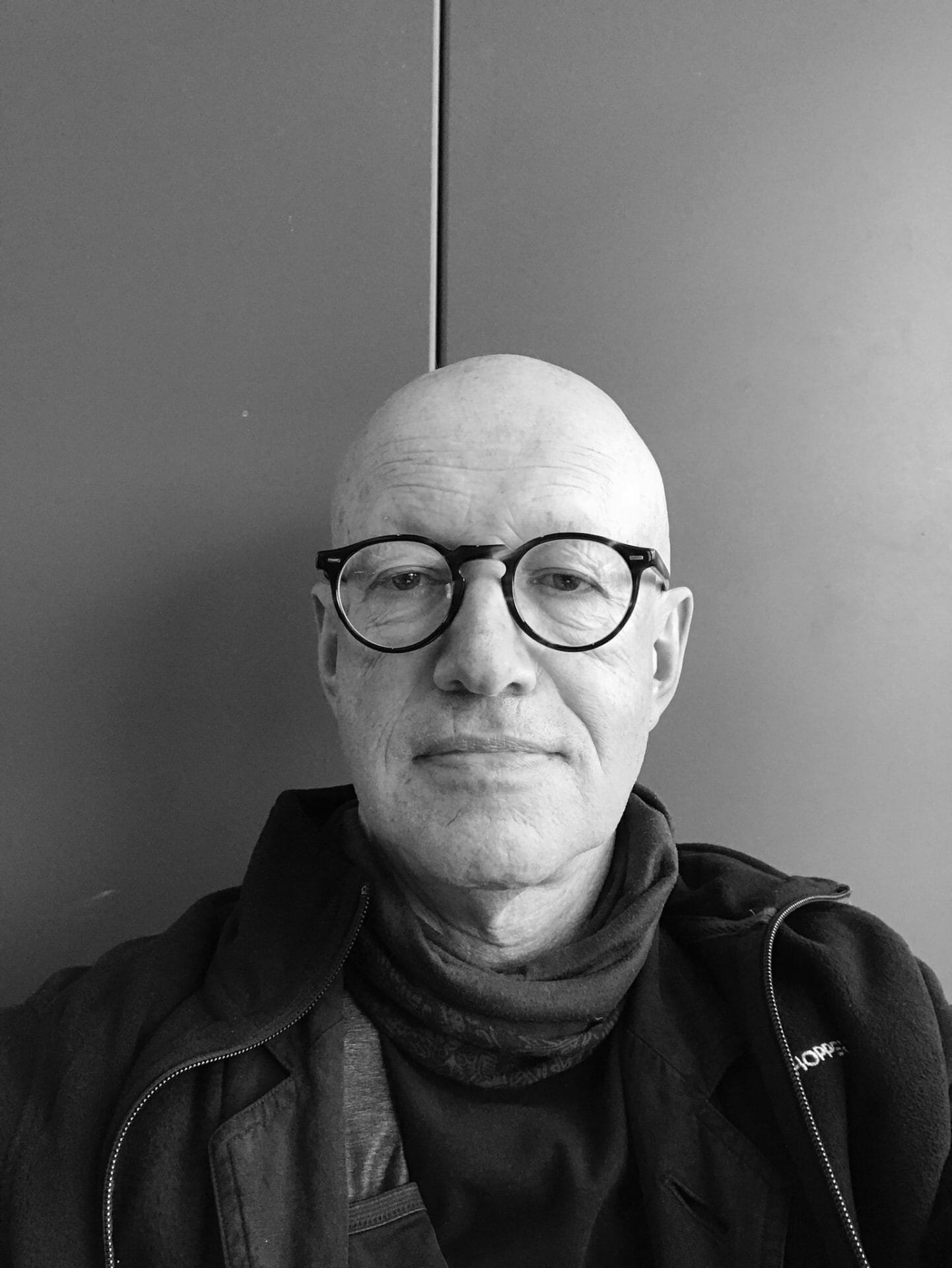

Angeliki Papadopoulou is a Greek ceramic artist, and her work falls fully within contemporary expressiveness while maintaining its connection to ancient roots. She is inspired by the tradition of classical Greek funerary ceramics, where the contours of the figures are the hallmark of their communication. In his work he searches for analogies and similarities that exist in nature, society, science and culture. His work is the result of a meditative dialogue with the clay itself, an effort that brings together all the characteristics of a mature and transcendental creation-relationship.
ΚΑΛΛΙΓΡΑMΜΕΣ-CALLIGRAMMES (CALLIGRAPHY)
Heidegger recognized the way in which the containing vessel is defined by what surrounds the emptiness of its volume. As he put it: Does the potter "mold only the clay? No, he shapes the void." This group of works describes the contours of the vessel and leaves it to the viewer's imagination to fill in the solidity of the "cosality" of the vessel.
Later, in his essay "The Thing," Heidegger states, "The cosality of the vessel does not reside at all in the material of which it is composed, but in the emptiness it contains." [Heidegger, M., in Das Ding in Hofstadter].
Papadopoulou's ceramic language has evolved to a rarefied condition in which all that remains are the lines and contours, which demarcate the empty spaces confined in them. The artist uses the traditional clay lampstand not to construct a compact vessel, but to create the outline of its form. Using high-fired clay, he molds hollow, thin tubes with which to create new shapes. These aerial figures are positioned, freely suspended in space, so as to trace their path; they give the impression that they can expand in the room. This aerial, light and floating construction represents the human desire to overcome the difficulties of the body, weighed down by gravity, to a more spiritual level.
LOOK AT ME - LISTEN TO ME - TOUCH ME
The Ceramics Workshop, taught by ceramist Angeliki Papadopoulou, is dedicated to the development of creative expression and active learning; it is a place to harness the potential of each young person individually, but also to harness the dynamics of group work. An additional aspect of the project is its goal to develop spaces for interaction and acceptance by the local community.
They work with people with special needs; It is well-known that such individuals are often treated with prejudice and exclusion. This situation can be improved if the two sides come nearer, and if they have a space in which to meet, where they can get to know each other and to communicate.
This important work, toward understanding and acceptance, has been achieved thanks to the continued support of the City of Pella, which created the "Workshop for People with Special Needs" in Giannitsa several years ago.
To celebrate the 23 years of existence of the Di.K.E.P.A. center, a significant art project was proposed, which examines the three successive ways of knowing other human beings: it is an interactive visual triptych titled "LOOK AT ME-COLLECT ME-TOUCH ME."
The first of these, LOOK AT ME, involved making a thousand ceramic eyes. The invitation, "Come see us with different eyes and find out what might match you," generated many interactive responses from the public attending the event. Visitors were invited to be photographed with ceramic eyes, and the result was the creation of many portraits that chronicle this interaction and juxtaposition. The next project, ASCOLTAMI, is a symbolic multisensory social awareness exhibition on diversity and disability. Its goals were the activation-participation of other facilities in the city, Greece and foreign countries to create two large sound sculptures made of ceramic bells, which were housed in the area of the vaulted Ottoman monument "Turbes." This project was completed with the cooperation of many local people and international artists.
The final part of this tripartite concept is TOUCH ME; this will involve the third stage of communication – the tactile. This haptic aspect is communicated through movement and dance and can also be intuited by the audience interacting with ceramic objects – it is a language without words that expresses human connection.
———————
Dr. David Jones.
November 2022
——————————————–